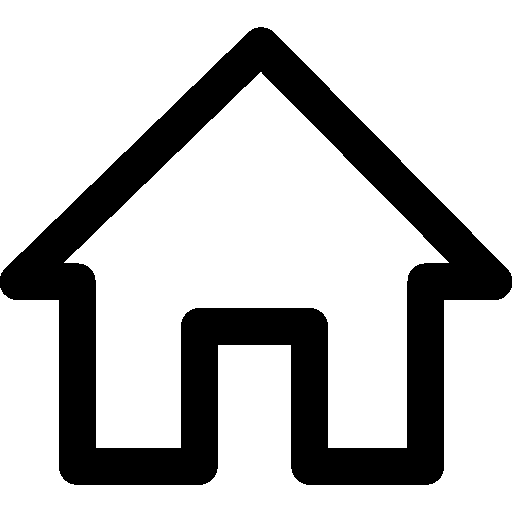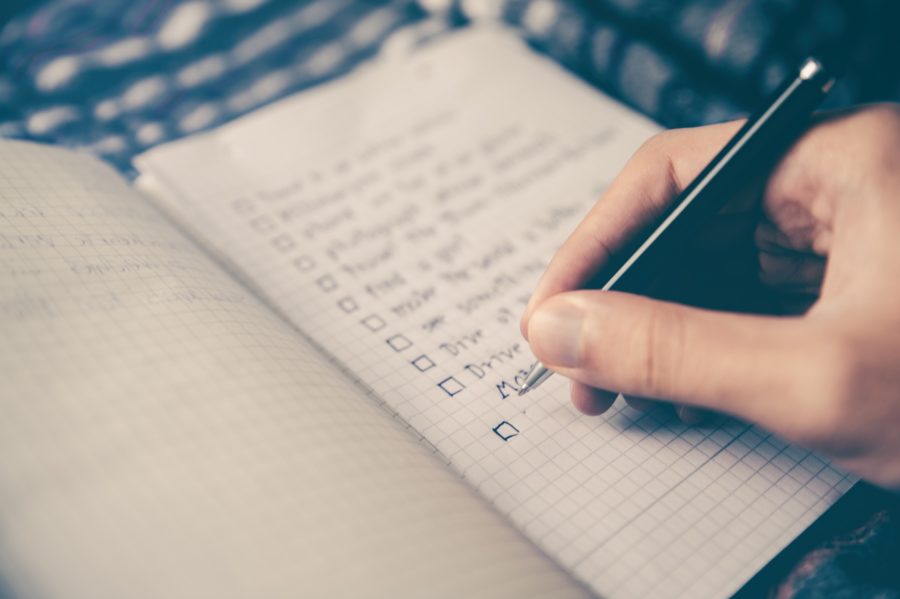Buying a used car helps you completely avoid getting hit with the depreciation in value that all new cars are subjected to as soon as you drive them out of the dealership. On the other hand, as the old saying goes, buying a used car means you’re buying someone else’s problems.
Buying a car is one of the biggest purchases that you will ever make. How can you be sure the car you’ve got your eye on won’t break down as soon as you get it home or, even more important, hasn’t been in an accident?
You can pretty much eliminate the chances of that happening by spending a little extra time and doing a pre-purchase check. Taking a few extra precautions can mean the difference between driving with peace of mind and wasting time and money at the repair shop.
To make the process easier for you, we have put together a 5-step inspection checklist to go through before buying a used car.
Step 1: Exterior Checklist to buy a used car
- Condition of the body of the car: Walk all the way around the car and look for scratches, dents, and rust. Small areas indicate normal use, but deep scratches, large dents, and extensive rust are signs of neglect and recklessness. Then check if the body panels line up evenly. If they don’t, the car may have been in an accident. The last point for checking a car’s condition involves opening and closing the hood, trunk, and all doors to see if they move smoothly or if there’s a problem.
- Tires: Tires tell a detailed story about the life of a car. Examine each one individually to look for cracks, bulges, or scuffing on the sidewalls and to gauge tread wear. Is there enough tread left and do the tires look as if they’ve been rotated on a regular basis? Are they evenly worn? Seeing a different tire brand even one wheel should be a warning sign.
- Lights: Have someone enter the car and turn on the lights to ensure they all work, including reverse lights, turn signals, and high beams. Check the housings for cracks or other damage. You don’t want any moisture inside the light housings.
Step 2: Interior Checklist to buy a used car
- Interior odor: If the car’s interior smells moldy or musty, that means water is getting in where it shouldn’t. If you notice a musty odor, remove the floor mats and check the carpet for wet patches. The same applies to the trunk interior. If it smells musty, remove the trunk mat search for signs of water damage.
- Seats: Check if the seat upholstery is worn or torn. Try out the all the seats for comfort. Pay particular attention to the driver’s seat and test the seat adjustments to make sure that you can set the right position for driving.
- Instrument panel: Test the instrument panel by turning the ignition to accessory mode. All of the panel’s lights should come on for a few seconds before shutting off again. Next, start the car to see if any warning lights stay on. If so, there’s a problem that needs to be fixed.
- Controls: Now that you’ve started the car, check that all switches and buttons work properly. Try out the climate control system to verify if the heater and the air conditioner are functional. While you’re doing all this, you can be testing the audio system.
- Roof: Check the interior roof trim for signs of water leakage around windows. If there’s a sunroof, make sure you can open and close it easily when you check it for leaks.
Step 3: Under the Hood Checklist to buy a used car
- Hoses & belts: Check the radiator, air conditioner, and other hoses for cracks or holes and check the drive belts for fraying.
- Radiator:Locate the radiator’s plastic reservoir and observe the coolant’s color. It should green or orange. A milky or rusty coolant indicates a problem with the radiator. Also check the radiator itself for green or orange stains that can indicate a leak.
- Oil on the dipstick should be dark brown or black. Oil that’s amber in color has been changed recently. If there is water droplets in the oil or it appears grey or foamy, that’s an indication of costly problems such as a blown head gasket or, worse, a cracked engine block.
- Transmission fluid should be pink in color and smell of oil when you check it. Otherwise, there could be a problem with the transmission if the fluid is brown or smells as if it has burned. You also do not want to see discernible metal particles in the fluid.
- Power steering & brake fluids should be filled to the proper level. If not, then check for leaks underneath the car.
Step 4: Test Drive Checklist to buy a used car
- Observe how the car starts: Listen for strange noises and pay attention to how long it takes for the car to start.
- Test a variety of roads and speeds: During your test drive, vibrations, noises, or shakes in the steering wheel or the car’s front end are a bad sign. Note whether the transmission shifts smoothly or not. When braking, make sure the car doesn’t pull to one side or the other and note whether the brakes offer good and smooth stopping power.
Step 5: Vehicle History & Mechanic’s Inspection Checklist for a used car
- Vehicle identification number (VIN): With the VIN, you can get a Vehicle History Report for the car via sites such as CarProof. Most dealers provide a history for all the used cars they sell.
- Mechanic’s inspection: Before you close the deal, take the car to a repair shop that you trust where you can have it thoroughly inspected. Have your mechanic give you a written report detailing what needs to be repaired and how much it will cost. If a seller is reluctant to let you have the car inspected, walk away from the transaction.
There you have it, a 5-step checklist to help you make an informed decision about your next used car!



